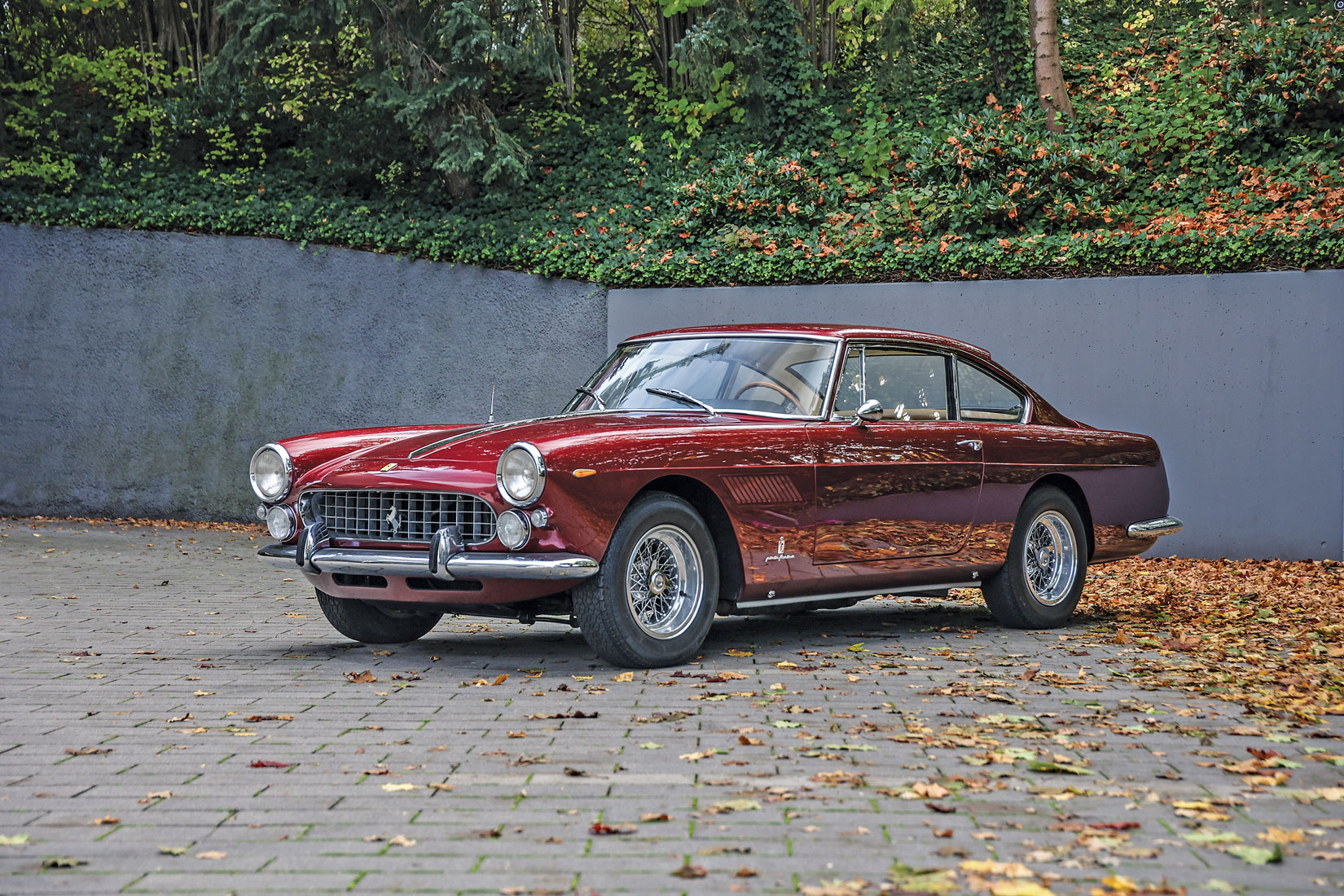After three years of tremendous success with the 250 GTE, Ferrari planned its interim replacement, which was powered by the new 4.0-liter Colombo V12, the 330 America. According to marque expert Marcel Massini, only 50 were built before production was ended to make way for the all-new 330 GT 2+2 in January 1964.
Chassis ...
